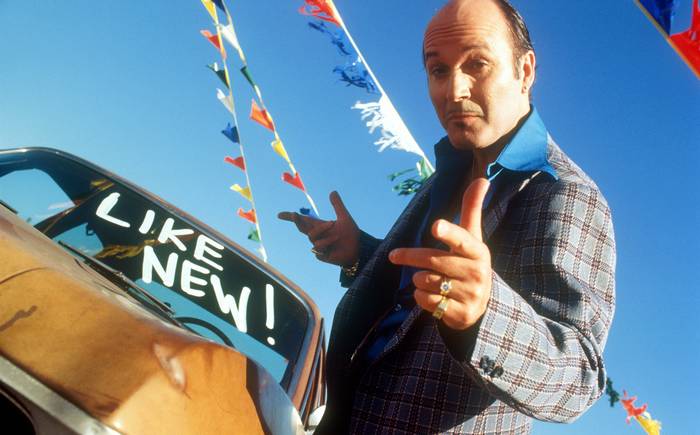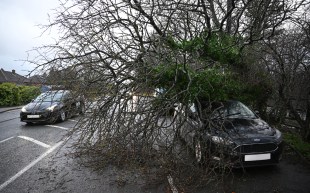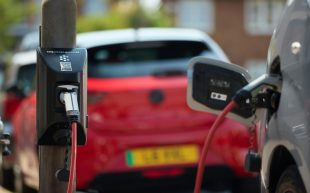What should I look out for on a test drive?

Finding a decent used car is as much about common sense as mechanical knowledge. Trust your instincts: does it ‒ or its seller ‒ seem dodgy?
The exterior
Before you get behind the wheel, take a good look all around. Does all the paintwork match? Look for different surface textures and different densities of flake in metallic paint. Are there any signs of a respray or uneven panel gaps? To check, look under door handles for overspray and squint down the sides of the car to detect ripples. Are the wheels and tyres in good condition with no corrosion or cracks on alloy hubs or bald patches on the tyres?
Dinged alloys can be repaired but could suggest suspension damage or tracking issues with the steering. Are there any signs of corrosion, such as bubbling paint, or evidence of hasty touch-ups with plastic filler? Of course, be realistic and bear in mind the age, mileage and price of the vehicle. Corrosion on a load-bearing area, however, will be an MoT failure.
The interior
Look for wear and tear to the interior such as a sagging driver’s seat and threadbare carpet under the throttle pedal, and consider whether it is consistent with the claimed mileage ‒ tampering with milometers has not died out with digital readouts. Check that seats adjust, seatbelts operate, and doors, bootlid or tailgate lock. You can afford to be a little forgiving of spillage marks, dust balls and other detritus ‒ a professional valet can work wonders.
Controls
Before you start the engine take a moment to check the oil. Withdraw the dipstick, wipe it and return. Withdraw it again and check the level is right (about half way between the min and max mark). Too high could suggest a recent emergency top-up; too low, negligent maintenance. Check the keys have the original transponder fob and that there is a spare.
When you turn the ignition or press the start button, listen that the engine fires up straight away without a cough or splutter and that it ticks over evenly. Try the controls ‒ windows, wipers, indicators, lights, sunroof, heating and ventilation ‒ and check digital displays, driver information systems and warning lights. The engine’s been idling for a while now so check the coolant temperature display. If all is in order you’re ready for the test drive, as long as you’re insured to drive the car, of course.
The test drive
Scrutinise how the car behaves even at low speeds. Manual gearchanges should be smooth and the clutch should bite about half way along the pedal’s travel. Automatic shifts should be smooth, too, with no jerkiness and kickdown should be instant. Braking power differs between cars so don’t be surprised if the brakes aren’t what you’re used to but they should at least pull the car to a stop quickly and without pulling to one side.
Listen for unusual clunks from the suspension and check the car rides without wallowing or rocking, which could betray worn dampers. Try a tight three-point turn and listen out for any creaks or knocking sounds from the steering. While you’re checking the steering, as you’re going along, lift your hands slightly from the wheel to see if the car drifts off course.
Bills and paperwork
Test drive over, study the car’s service history book and workshop receipts making sure that all necessary routine work has been carried out, including, if appropriate, the all-important cambelt change. Find out when it last had brake pads, brake discs and tyres replaced. Check that the mileage on the latest MoT certificate tallies with that claimed by the owner and displayed on the milometer.
Most manufacturers keep an electronic database of their cars so any franchised dealer can give you the lowdown on a car’s maintenance history as long as it’s been serviced within the dealership network. You can also check a car’s MoT history online at the DVLA’s website.
Make sure all the necessary documents are available (see Dealing with the paperwork for more detail on this) and consider whether the car is, all things considered, worth the price being asked.




